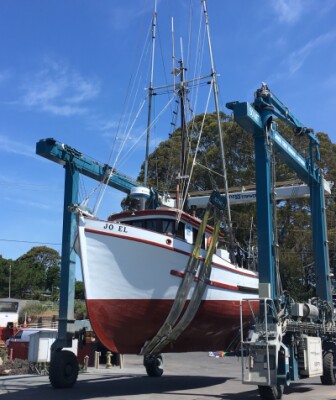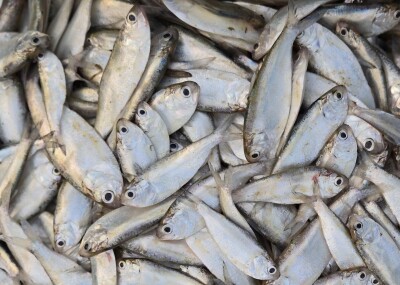WASHINGTON (Saving Seafood) May 7, 2014 -- In a recent article, "The ABCs of Ecosystem-Based Fisheries Management-Part II," the Pew Charitable Trusts' Director of Federal Fisheries Policy and National Geographic online guest writer, Lee Crockett, focuses on the management of "forage fish" -- a much used, though highly debated categorization for a number of small, marine species. The article's title suggests that management of forage species is as simple as learning the alphabet, but in reality that is far from the case. Fisheries management is a highly complex process, and fisheries managers have stated that much remains to be studied and understood before ecosystem-based management can work for every species.
The term "forage fish" simply describes a number of tiny fish and invertebrates that share a similar niche in the marine food web (they are often "foraged" upon by larger predators). The range of included species is broad, and their differences are diverse. Targeted stocks like shrimp, squid, herring, and menhaden can all be classified as "forage" species, as can non-targeted species like jellyfish, bay anchovy, sand lance, and sea worms. These species have a variety of biological differences, and don't have much in common outside of their trophic level. So while the term may seem convenient, all species labeled "forage fish" cannot be successfully lumped and managed in the same way, as Pew and a number of environmental groups often suggest. An example of this flaw can be found in the calculations Mr. Crockett cites from the Lenfest Forage Fish Task Force. The Lenfest analyses are based around the assumption that the various "forage species" can be managed under the same broad guidelines. However, there are a significant number of different variables -- including fecundity, spawning periods, migration, predator-prey relationships, and habitat -- that must be considered to properly manage these species and are more relevant than their shared trophic role.
Read the full story at Saving Seafood>>






